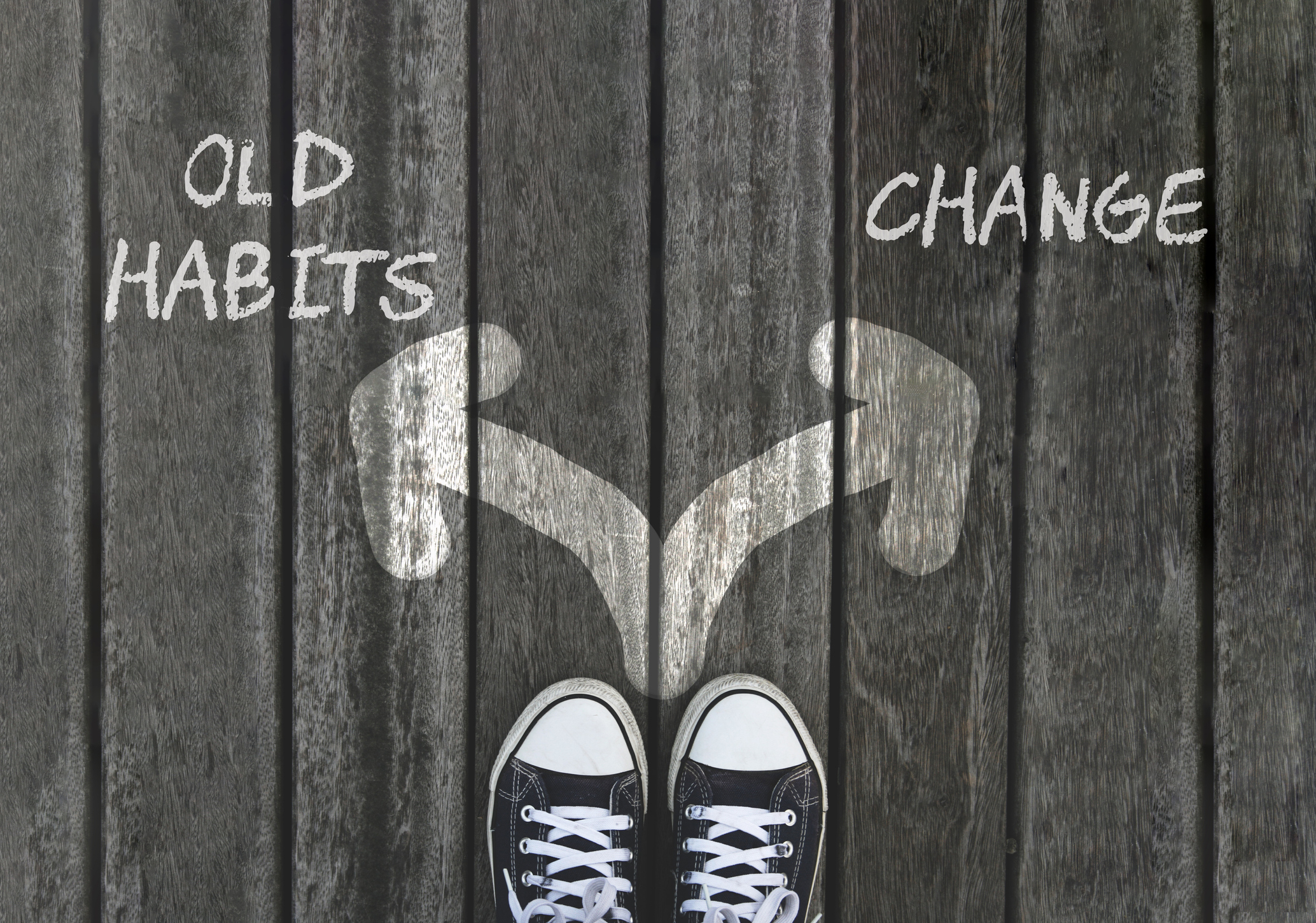
Theories on Developing Good Habits
By Savannah Kisling, DPT
It’s not uncommon to want to make a behavior or habit change in order to improve your well-being or health. What have psychologists and health care professionals found to be the pathways to success? Well, that’s a hard question to answer! Many theories have been developed to explain what motivates people to make healthful changes in their lives. The three biggest explanations are found in the Health Belief Model, the Transtheoretical Model, and the Theory of planned behavior. One thing all these models agree on is the importance of self-efficacy.
Self-Efficacy
One of the biggest factors that affect someone’s ability to change bad habits or make new healthy habits is self-efficacy. As a blanket statement, self-efficacy is considered a goal in many health behaviors or habit-changing models, further discussed in this article. Self-efficacy is defined as the level of confidence a person feels in their ability to successfully make a change to their health habits. The successful improvement in a person’s health habits can improve function, pain, and perceived improvement in physical and mental well-being (1,2).
Things to try to improve self-efficacy (3):
• Set short-term goals and celebrate meeting those goals. Then relate your small goals to the big picture (why you want to change your habits in the first place).
• Tie together new things, with things you already like doing, ie. doing core contractions and squats while watching TV.
• Talk about their obstacles out loud with your therapist or a trusted friend
• Find a partner in your journey
Health Belief Model
This model states that health-related habits depend on your beliefs regarding how severe a potential health problem is and how likely you are to have that health problem. Other beliefs that impact your habits according to this model
are the benefits of good health habits (prevention) and what you might need to overcome to make positive changes to impact your health.
You can tackle these beliefs by utilizing cues or reminders in your daily life. Examples of this are putting up post-it note reminders, stringing together activities like brushing your teeth and flossing and setting reminders on your phone. Cues can be external, such as advice from medical professionals or illness in family members, or internal, such as difficulty breathing with increased activity or chest pain (4-6).
Strategies to try out:
• Understand your true risk for lifestyle diseases such as heart disease and diabetes.
• Learn the benefits of behavior change.
• Learn how your behaviors, such as smoking or low physical activity, actually affect your health.
Transtheoretical Model
This model is conceptualized as a five-stage process addressing your readiness to make a positive change to your health habits. Progress can be forwards and backward through these stages but successfully changing habits is often done in a stage-wise process (4,7).
Stages:
• Precontemplation: not aware, no intention
• Realization and understanding that you are in control of your habits.
• Contemplation: aware, thinking about changing
• Understand how the change is connected to what is most important to you.
• Preparation: Intention to take action to change
• Seek out the tools to make the change (i.e. walking program, nicotine gum…)
• Action: making modifications in their behaviors
• Find someone to be your cheerleader or your accountability partner.
• Maintenance: ongoing effort, prevent relapse by celebrating your success.
• Termination: 100% self-sufficient, little chance of relapse
Theory of Planned Behavior
This theory assumes that a habit is primarily determined by your reason for participating in that behavior or habit. Reason or intention is determined by attitude toward the habit or behavior (the benefit and outcomes) and the influence of the social and cultural environment which usually comes from a person’s community and family (social pressures). One of the most influential factors towards a habit is your perceived control over the habit or activity (4,8,9).
Strategies to try out:
• Assess your attitude towards the habit that you want to change
o Do you feel like you will truly benefit from the change? How hard will it be?
• Find out why you feel that way. Are there family and friend influences? Find out if the information is true.
• Success can change how you feel about other habits you want to change. Use this momentum to achieve your goals and improve your well-being.
We can help you develop good habits for fitness. https://intermountainpt.com/request-appointment/
References:
1. RILEY SP, BIALOSKY J, CORONADO RA. Are Changes in Fear-Avoidance Beliefs and Self-efficacy Mediators of Function and Pain at Discharge in Patients with Acute and Chronic Low Back Pain? Journal of Orthopaedic & Sports Physical Therapy. 2020;50(6):301-308. Accessed April 29, 2021. https://search-ebscohost-com.libpublic3.library.isu.edu/login.aspx?direct=true&db=s3h&AN=144319270&site=eds-live&scope=site
2. Souza CM, Martins J, Libardoni T de C, Oliveira AS. Self‐efficacy in patients with chronic musculoskeletal conditions discharged from physical therapy service: A cross‐sectional study. Musculoskeletal Care. 2020;18(3):365-371. doi:10.1002/msc.1469
3. https://positivepsychology.com/3-ways-build-self-efficacy/
4. https://www.cdc.gov/nccdphp/sgr/pdf/chap6.pdf
5. https://sphweb.bumc.bu.edu/otlt/MPH-Modules/SB/BehavioralChangeTheories/BehavioralChangeTheories2.html
6. https://upstream.consulting/health-education/how-to-change-behavior-with-the-health-belief-model
7. https://www.acefitness.org/fitness-certifications/ace-answers/exam-preparation-blog/7480/applying-the-transtheoretical-model-for-health-coaches-and-exercise-professionals/
8. https://www.dummies.com/health/nutrition/how-theory-of-planned-behavior-relates-to-health-care/
9. Galea MN, Bray SR. Predicting walking intentions and exercise in individuals with intermittent claudication: an application of the theory of planned behavior. Rehabilitation Psychology. 2006;51(4):299-305. doi:10.1037/0090-5550.51.4.299
